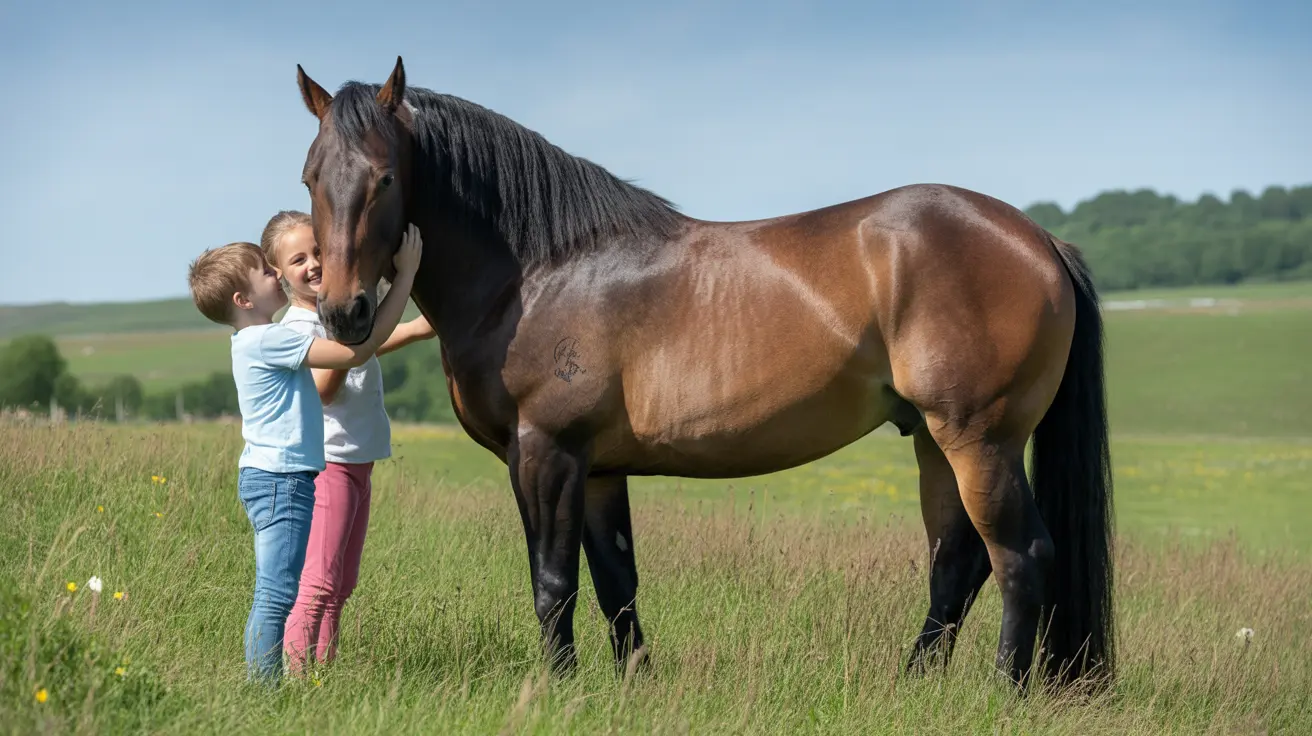Can Dogs Eat Pears? A Detailed Guide for Pet Owners
If you've ever wondered whether your dog can enjoy a juicy pear alongside you, you're not alone. Many pet owners want to share healthy snacks with their furry companions, but it's essential to know what's safe and what's not. Let's explore the details of feeding pears to dogs, including benefits, risks, preparation tips, and more.
Nutritional Benefits of Pears for Dogs
Pears offer a range of nutrients that can support your dog's health when given as an occasional treat. These fruits contain:
- Vitamins C and A
- Fiber
- Antioxidants
- Potassium
- Copper
- Vitamin K
Together, these nutrients help bolster immune function, aid digestion, support muscle and heart health, assist with blood clotting, and promote healthy skin and coat. The fiber in pears is particularly helpful for regulating bowel movements and supporting digestive wellness.
Safe Preparation: How to Serve Pears to Dogs
Before offering your dog a pear, follow these steps:
- Wash the pear thoroughly to remove any pesticides or residues.
- Core the fruit completely—seeds and cores contain trace amounts of cyanide and can be toxic or cause choking.
- Cut the flesh into small, bite-sized pieces appropriate for your dog's size.
Pear skin is generally safe; however, if your dog has a sensitive stomach or you've noticed digestive issues before, consider peeling it. Keep in mind that removing the skin reduces some fiber and antioxidants.
Pear Varieties Safe for Dogs
Your dog can safely enjoy several types of pears:
- Bartlett
- Bosc
- Anjou
- Comice
- Asian pears (cut finely due to their firmness)
Avoid canned pears—these often contain added sugars and preservatives that can harm your dog's digestive system.
Portion Control: How Much Pear Can Dogs Eat?
Treats like pears should make up no more than 10% of your dog's daily caloric intake. Adjust portion sizes based on your dog's size—smaller dogs should receive fewer pieces than larger breeds. Introduce pears gradually into their diet to monitor for any adverse reactions such as gastrointestinal upset.
Potential Risks When Feeding Pears to Dogs
- Pear seeds and cores are toxic due to cyanide content—never feed these parts.
- Canned or processed pears are unsafe because of added sugars/preservatives.
- Pear skin may cause mild digestive issues in sensitive dogs; peel if needed.
If you notice vomiting, diarrhea, or other signs of digestive distress after feeding pears, consult your veterinarian promptly. Dogs with diabetes or special dietary needs should always check with a vet before introducing new foods like pears.
Creative Ways to Offer Pears as Dog Treats
- Add small pear pieces as food toppers.
- Mash or puree pear flesh for homemade smoothies (no seeds/cores).
- Bake homemade dog treats using diced pear (ensure all seeds/cores are removed).
Avoid feeding whole pears or any parts containing seeds, leaves, or stems. Always supervise your pet when trying new foods for the first time.
Other Fruits Safe for Dogs
- Apples (without seeds)
- Bananas
- Blueberries
- Strawberries
- Watermelon (seedless)
This isn't an exhaustive list but shows that many fruits can be shared safely with dogs when prepared correctly. Each fruit comes with its own set of preparation guidelines—always research before sharing something new from your kitchen!
The Bottom Line: Pears as an Occasional Treat
Pears aren't toxic to dogs when prepared properly; they provide hydration due to their high water content and support overall wellness thanks to their nutrient profile. Still, moderation is key—too much fruit may upset your dog's stomach or disrupt their balanced diet. Always consult your veterinarian if you have concerns about introducing new foods or if your pet has specific health conditions requiring dietary restrictions.
If handled thoughtfully, fresh pears make a nutritious addition to your dog's treat rotation—a little sweetness you both can enjoy!





